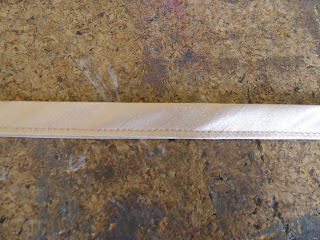You may have seen by now I have completed a few independent projects that involve different types of pattern cutting. The first was making a hoody by taking the patterns from a previously manufactured hoody, the second and the third were from the Japanese pattern cutting books, the newest project has looked at using subtractional cutting.
Subtractional cutting is where you cut into what is effectively a tube of fabric, it is described as looking at the garment from a birds eye or Gods eye view. What I find really interesting about this pattern cutting method is you never know what the outcome is going to be, it could go how you want it to, it could go completely wrong or it could be better than you thought. But no two pieces will be the same.
This is how mine turned out.
The garments created using this method are like pieces of art work and I think that the randomness of this technique makes the process so interesting and exciting.
What do you think?



















































